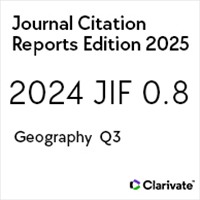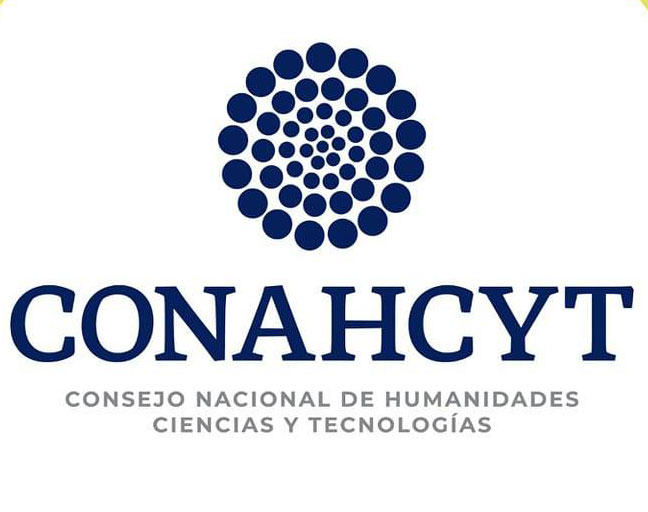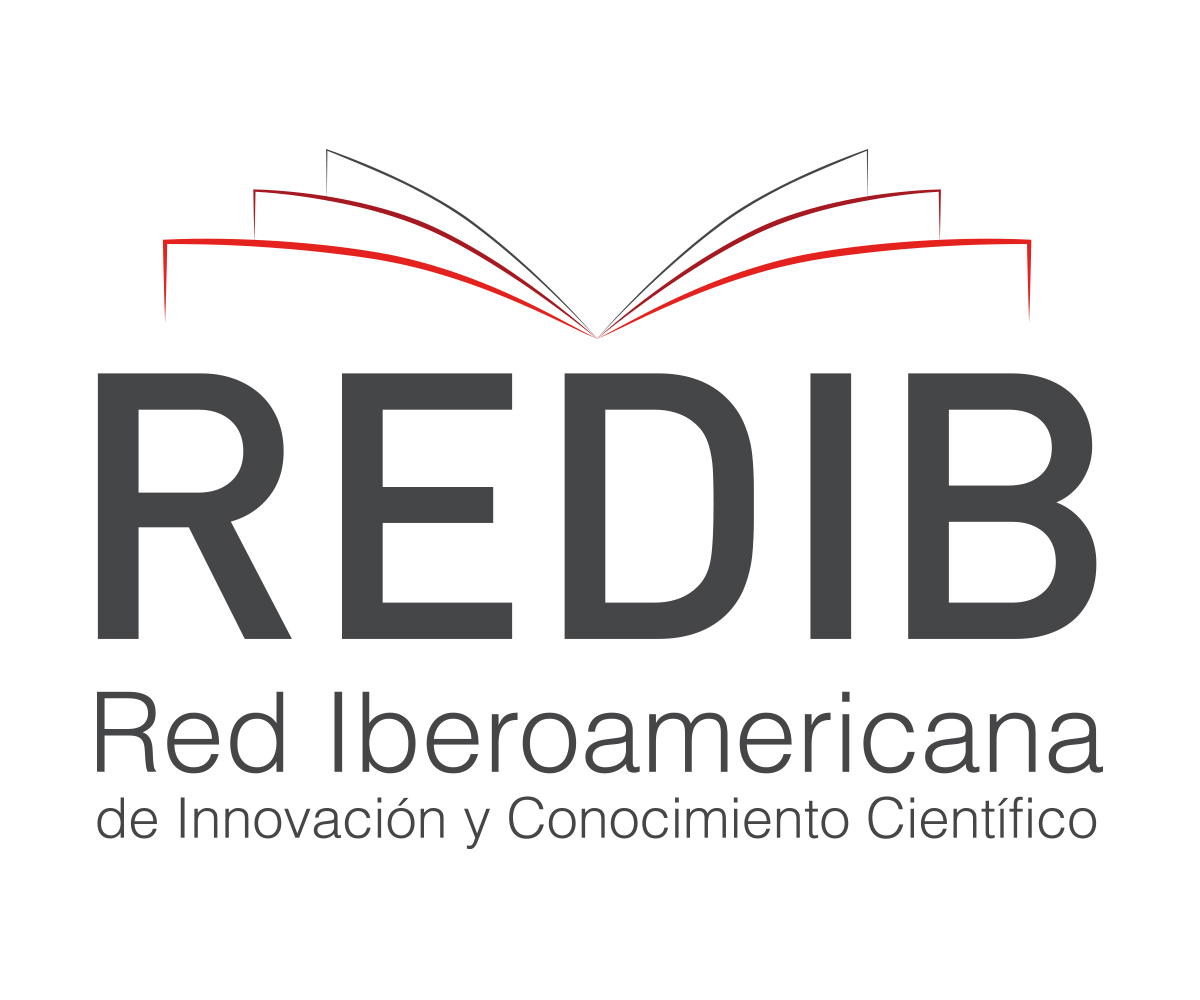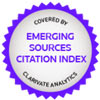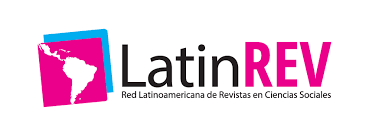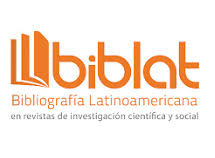Criminalidad, inseguridad pública y comportamiento de los electores: un análisis del proceso electoral estatal 2010 en Ciudad Juárez, Chihuahua
Criminality, insecurity and behavior of voters: An analysis of 2010 state electoral process in Ciudad Juarez, Chihuahua
https://doi.org/10.21670/ref.2011.23.a03
Palabras clave:
inseguridad pública, conducta del elector, violencia, elecciones 2010, Ciudad Juárez, teorías del votoResumen
En este escrito se hace un análisis del efecto de la crisis de inseguridad pública derivada de la llamada “guerra contra el narcotráfico” en la conducta del votante en un momento electoral, a la luz de las diferentes teorías sobre el voto. Se describe en lo particular el efecto de la actual crisis de inseguridad pública en los resultados de las elecciones locales del 2010 en Ciudad Juárez, Chihuahua, México. Se concluye que una crisis de inseguridad y violencia orienta el comportamiento electoral. El caso de Ciudad Juárez muestraAbstract This text analyses the effect of the insecurity crisis as a result of the “war against narcotrafic” in the behaviour of citizens in election times. We particulary describe the effect of the current public safety crisis in the results of the local elections in Ciudad Juarez in 2010. We conclude that violence and insecurity crisis oriented voting behavior. Ciudad Juarez case shows that, despite public insecurity and violence indicators, the Partido Revolucionario Institucional, as the local and national ruling party, won the election.
Citas
Bauman Z. (2007), Miedo líquido. La sociedad contemporánea y sus temores, Paidós, Barcelona.
Bartels L. M. (1988), Presidential Primaries and the Dynamics of Public Choice, Princeton University Press. Princeton, Nueva Jersey. DOI: https://doi.org/10.1515/9780691221908
Blais A. (2006), “What Affects Voter Turnout?”, Annual Review of Political Science, 6: 111-125. DOI: https://doi.org/10.1146/annurev.polisci.9.070204.105121
Butler, D. y D. Kavanagh (1997), The British General Election of 1997, Macmillan, Londres. DOI: https://doi.org/10.1007/978-1-349-26040-9
Campbell, J. E., L. L. Cherry y K. A. Wink (1992), “The Convention Bump”, American Politics Quarterly, 20: 287-307. DOI: https://doi.org/10.1177/1532673X9202000302
Chomsky, N. (2006), Failed States. The Abuse of Power and the Assault of Democracy, Holt Paperbacks, Nueva York.
Cooper, E. M. (1947), “The Evasion of Propaganda: How Prejudiced People Respond to Anti Prejudiced Propaganda”, The Journal of Psychology, 23: 15- 25. DOI: https://doi.org/10.1080/00223980.1947.9917316
Downs, A. (1957), Teoría económica de la democracia, Aguilar, Madrid.
Enelow, J. y M. J. Hinich (1984), The Spatial Theory of Voting: An Introduction, Cambridge University Press, Cambridge.
Fan, D. (1988), Predictions of Public Opinion from the Mass Media, Greenwood, Nueva York.
Fernández, L. y A. Aguilera ( 2002), Violencia y elecciones en Santander, recuperado el 03 de mayo del 2010 de <http://editorial.unab.edu.co>.
Festinger, L. (1957), A Theory of Cognitive Dissonance, Stanford University Press, Stanford, California. DOI: https://doi.org/10.1515/9781503620766
Foucault, M. (1976), Vigilar y castigar, Siglo XXI, Buenos Aires.
Foreign Policy (2010), “12 Degrees of Failure. ¿How does a Weak State become a Failed State?”, Foreign Policy, julio-agosto.
Geer J. G. (1988), “The Effects of Presidential Debates on The Electorate’s Preferences for Candidates”, American Politics Quarterly, 16: 486-501. DOI: https://doi.org/10.1177/004478088016004005
Graber D. A. (1980), Mass Media and American Politics, Congressional Quarterly Press, Washington, DC.
Heath, A., R. Jowell, J. Curtice y S. Witherspoon (1991), Understanding Political Change: The British Voter 1964-1987, Pergamon, Oxford. DOI: https://doi.org/10.1016/B978-0-08-037256-3.50006-4
Hobbes T. (1987), Del ciudadano y Leviatán, estudio preliminar y antología de Enrique Tierno Galván, Traducción de Enrique Tierno Galván y M. Sánchez Sarto, Tecnos, Madrid.
Instituto Estatal Electoral de Chihuahua (2010), Resultados del proceso electoral Chihuahua 2010.
Instituto Mexicano de la Juventud (2005), Encuesta Nacional de la Juventud 2005.
Instituto Nacional de Estadística, Geografía e Informática (2010), Resultados preliminares del Censo de Población y Vivienda.
_____ (2009), Encuesta Nacional de Ocupación y Empleo.
Iyengar, S., M. Peter y D. Kinder (1982), “Experimental demonstration of the not-so-minimal, consequences of television news programs”, American Political Science Review, 76: 848-858. DOI: https://doi.org/10.1017/S000305540018966X
Kappler, J. (1960), The Effects of Mass Communication, Glencoe, IL, Free Press.
Kreps, D. M. (1990), A Course in Microeconomic Theory, Princeton, Princeton University Press. DOI: https://doi.org/10.1515/9780691215747
Lazarfeld, P. F., B. Berelson y H. Gaudet (1944), The people’s Choice: How the Voter Makes Up His Mind in a Presidential Campaign, Columbia University Press, Nueva York.
Lohr, S. (2000), Muestreo: diseño y análisis, International Thomson Editores, México.
Mendelson, P. F. y G. J. O’Keefe (1976), The People Choose a President, Praeger, Nueva York.
Mendoza, G. (2006), “La mediatización y la construcción de opinión pública”, Gaceta Universitaria, 418, 12 de diciembre.
Noélle-Neuman, E. (1983), “The Effects of Media on Media Effects Research”, Journal of Communication, 33: 157-165. DOI: https://doi.org/10.1111/j.1460-2466.1983.tb02417.x
Norris, P., J. Curtice, D. Sanders M. Scammell y H.A. Semetko (1999), On Message. Communicating the Campaign, Sage, Beverly Hills. DOI: https://doi.org/10.4135/9781446218587
Organizacion de las Naciones Unidas (2009), Encuesta Internacional sobre Criminalidad y Victimización.
Padilla, H. (2010), Para mí es lo mismo. Causas del abstencionismo en Ciudad Juárez, Universidad Autónoma de Ciudad Juárez, Instituto Estatal Electoral Chihuahua, Chihuahua.
Page, Shapiro y Dempsey (1987) “What Moves Public Opinion?”, American Political Science Review, 81: 23-44. DOI: https://doi.org/10.2307/1960777
Paniagua, A. (2009), Para los que no creyeron... y para los que siguen sin creer… El discurso como herramienta de poder entre la relación Estado-sociedad-crimen organizado en Ciudad Juárez. Un análisis, conferencia parte de la VII Bienal Iberoamericana de la Comunicación, Chihuahua.
Patterson, T. (1980), The Mass Media Election, Praeger, Nueva York.
Robin, C. (2004), Fear: The History of a Political Idea, Oxford University Press, Nueva York.
Sartre, J. (1978), La trascendencia del ego, Síntesis, Colombia.
Sanders, D. (1997), “Voting and the Electorate”, en P. Dunleavy, A. Gamble, I. Holiday y G. Peele (eds.), Developments in British Politics 5, Macmillan, Londres.
Sandoval L. E. (2008), Determinantes del comportamiento electoral de los municipios colombianos en zonas de conflicto interno durante 1997-2006, recuperado el 24 de marzo de la pagina <http://www.rlcu.org.ar>.
Scheaffer, R., W. Mendenhall y L. Ott (1987), Elementos de muestreo, Iberoamericana, México.
Serrano, M. y M. Toro (2005), “Del narcotráfico al crimen transnacional organizado en América Latina”, en Mats Berdal y Mónica Serrano (coord.) Crimen transnacional organizado y seguridad internacional. Cambio y continuidad, Fondo de Cultura Económica, México.
Universidad Autónoma de Ciudad Juárez (2010), Observatorio de seguridad y convivencia ciudadanas del municipio de Juárez, documento de trabajo.






